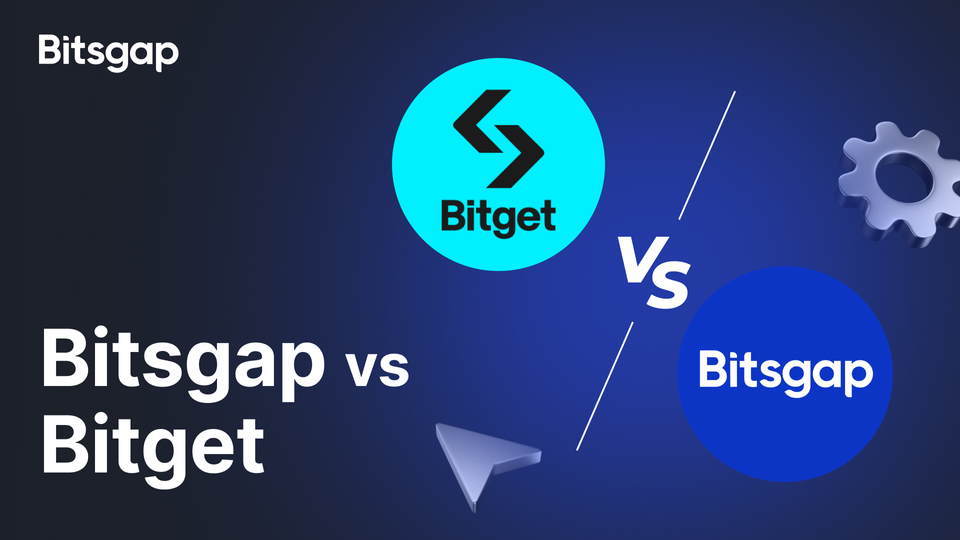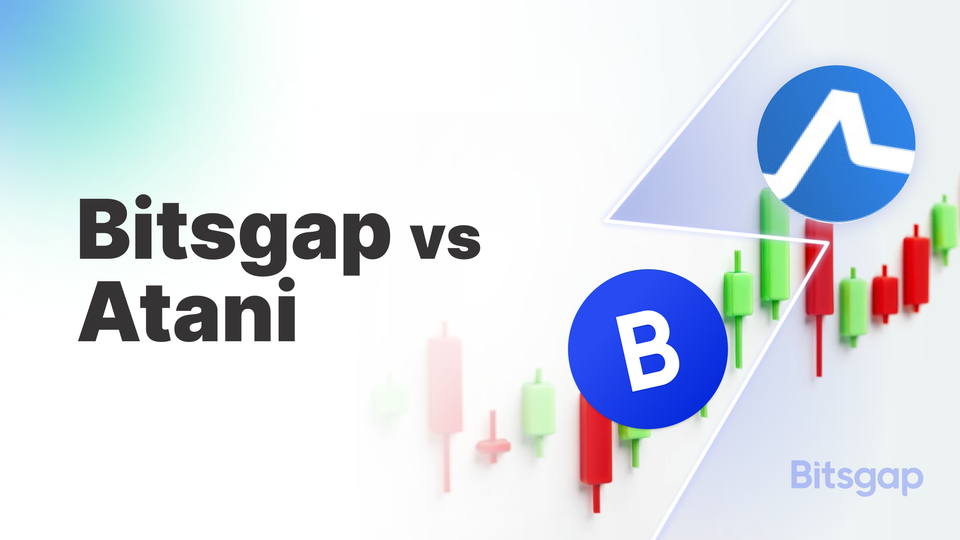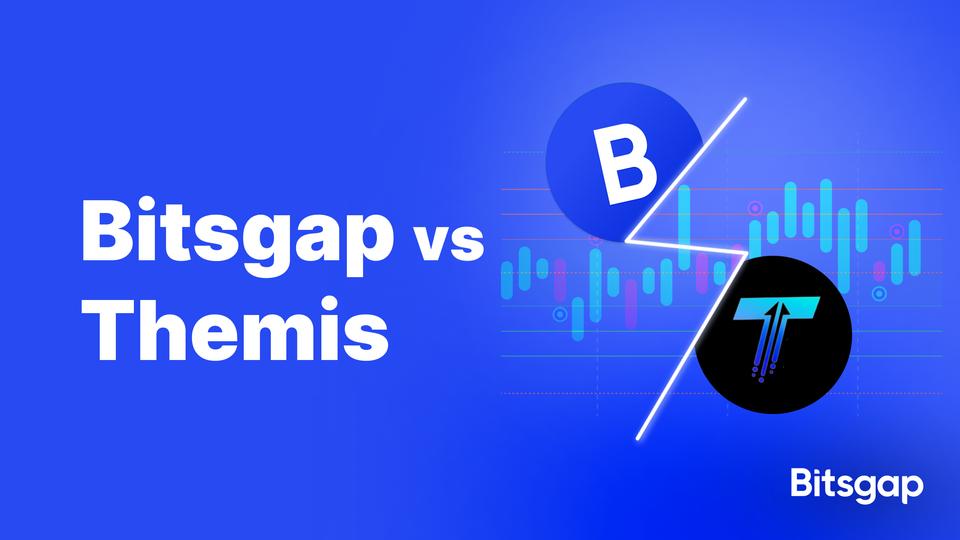
Your Guide to the Bitcoin Mempool: Where Your Transactions Wait Their Turn
While other traders are scratching their heads wondering why their trades aren't going through, you could be the one who knows exactly when to strike by mastering the secret of the mempool.

Your Guide to the Bitcoin Mempool: Where Your Transactions Wait Their Turn
While other traders are scratching their heads wondering why their trades aren't going through, you could be the one who knows exactly when to strike by mastering the secret of the mempool.

Do You Really Need to Use Arbitrage to Profit From Crypto?
Some traders are successful in arbitrage, but there are still too many uncertainties for it to be a truly practical method of making money. Let's explain why.

Do You Really Need to Use Arbitrage to Profit From Crypto?
Some traders are successful in arbitrage, but there are still too many uncertainties for it to be a truly practical method of making money. Let's explain why.

Bitsgap vs Bitget: Ultimate Comparison
In this edition of our Bitsgap Comparison series, we pit Bitsgap against Bitget to evaluate their crypto trading tools and automation features. Here’s how they stack up and where Bitsgap comes out ahead.

Bitsgap vs Bitget: Ultimate Comparison
In this edition of our Bitsgap Comparison series, we pit Bitsgap against Bitget to evaluate their crypto trading tools and automation features. Here’s how they stack up and where Bitsgap comes out ahead.

Bitsgap vs. Tiger Brokers: A Comprehensive Comparison for Traders
In this article, we dive deep into a comprehensive comparison between Bitsgap and Tiger.com, two popular trading platforms. Whether you're focused on cryptocurrency automation or multi-asset trading, we break down the latest features to help you make an informed decision.

Bitsgap vs. Tiger Brokers: A Comprehensive Comparison for Traders
In this article, we dive deep into a comprehensive comparison between Bitsgap and Tiger.com, two popular trading platforms. Whether you're focused on cryptocurrency automation or multi-asset trading, we break down the latest features to help you make an informed decision.

Bitsgap vs Atani: Full Comparison of Tools, Bots & Pricing
In this comprehensive comparison, we pit Bitsgap against Atani—two powerful crypto trading platforms. We break down their strengths, from automation to pricing, to help you decide which platform best suits your trading needs.

Bitsgap vs Atani: Full Comparison of Tools, Bots & Pricing
In this comprehensive comparison, we pit Bitsgap against Atani—two powerful crypto trading platforms. We break down their strengths, from automation to pricing, to help you decide which platform best suits your trading needs.

Bitsgap vs Themis For Crypto: A Detailed Comparison
In our detailed face-off between Bitsgap and Themis For Crypto, we dissect their automated bots, trading terminals, security measures, and pricing to reveal which platform delivers the most comprehensive toolset for crypto traders.

Bitsgap vs Themis For Crypto: A Detailed Comparison
In our detailed face-off between Bitsgap and Themis For Crypto, we dissect their automated bots, trading terminals, security measures, and pricing to reveal which platform delivers the most comprehensive toolset for crypto traders.
Search
Page 1 of 62
